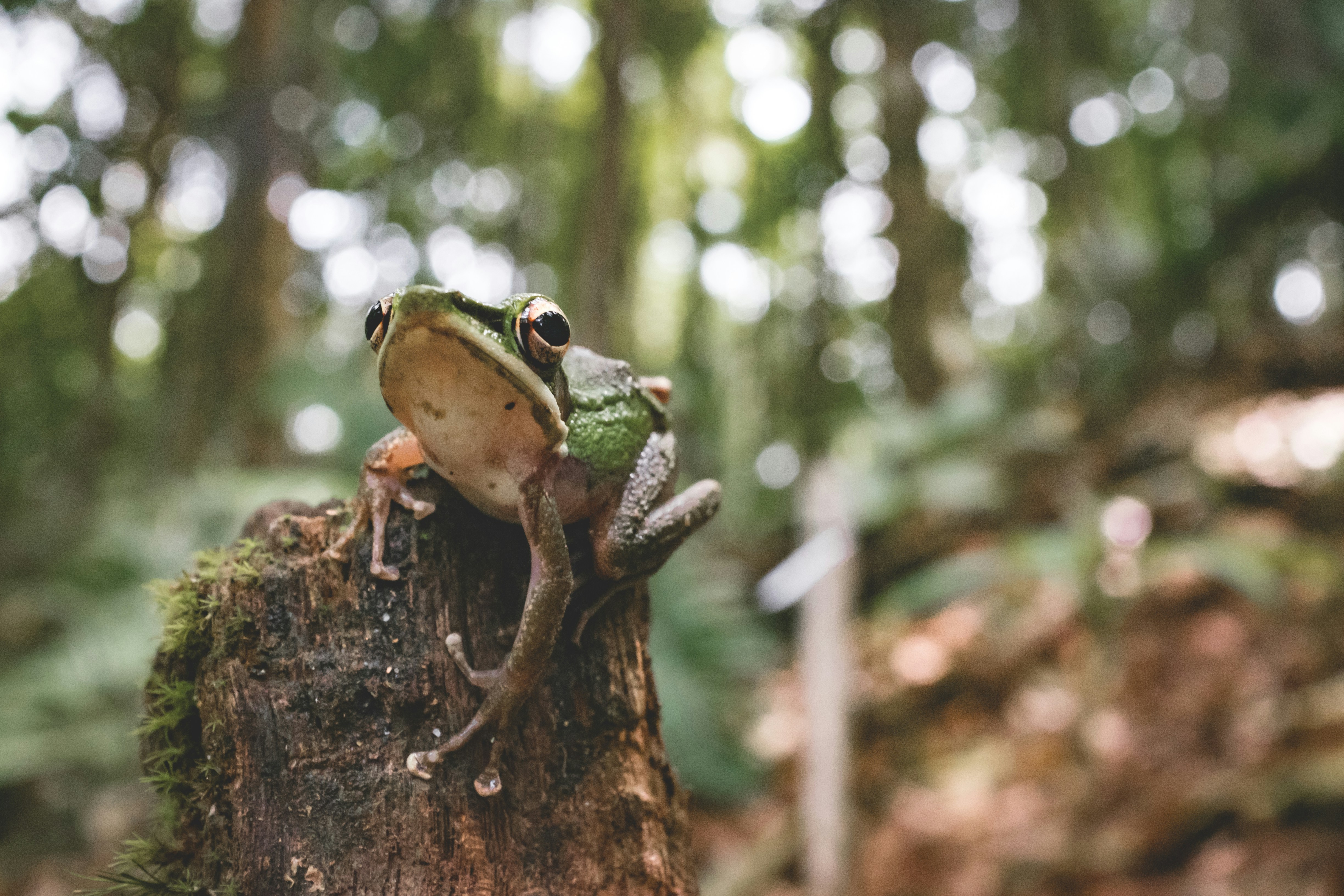Tree Frogs: Masters of Camouflage

Category: Amphibians | June 14, 2025
Perched silently on leaves, hidden in plain sight, tree frogs are masters of camouflage. These agile amphibians have evolved a stunning variety of adaptations to blend seamlessly into their forest environments—often avoiding detection from both predators and prey.
One of their most iconic features is their skin's ability to change color. While not as dramatic as chameleons, many tree frog species can shift shades based on temperature, humidity, light, and mood. This color change helps them better match their surroundings—dark green on lush foliage, brown on bark, and even gray on stone.
Their camouflaging skin is often mottled or patterned to mimic the textures of leaves, bark, or moss. These patterns disrupt their body outline, making it harder for predators like birds and snakes to spot them. Some species even have translucent skin or spots that mimic water droplets or leaf damage.
But tree frogs don’t just rely on color—they use behavior to enhance their camouflage. During the day, they tuck their limbs tightly against their bodies and flatten themselves to reduce shadows. They often rest in crevices or underside of leaves, staying motionless until nightfall. Their eyes, often brightly colored at night, may be partially closed or hidden during the day to avoid detection.
In some regions, tree frogs take mimicry to the next level. Certain species resemble bird droppings, lichen, or even leaves with curled edges. This “disguise” helps them evade hungry eyes in the highly competitive rainforest ecosystem.
Camouflage also aids them in hunting. As ambush predators, tree frogs wait patiently for insects to come within striking distance. Their stealth, combined with long sticky tongues, makes them efficient nocturnal hunters.
🌴 Jungle Chatter
Most popular reactions:
No reactions yet.